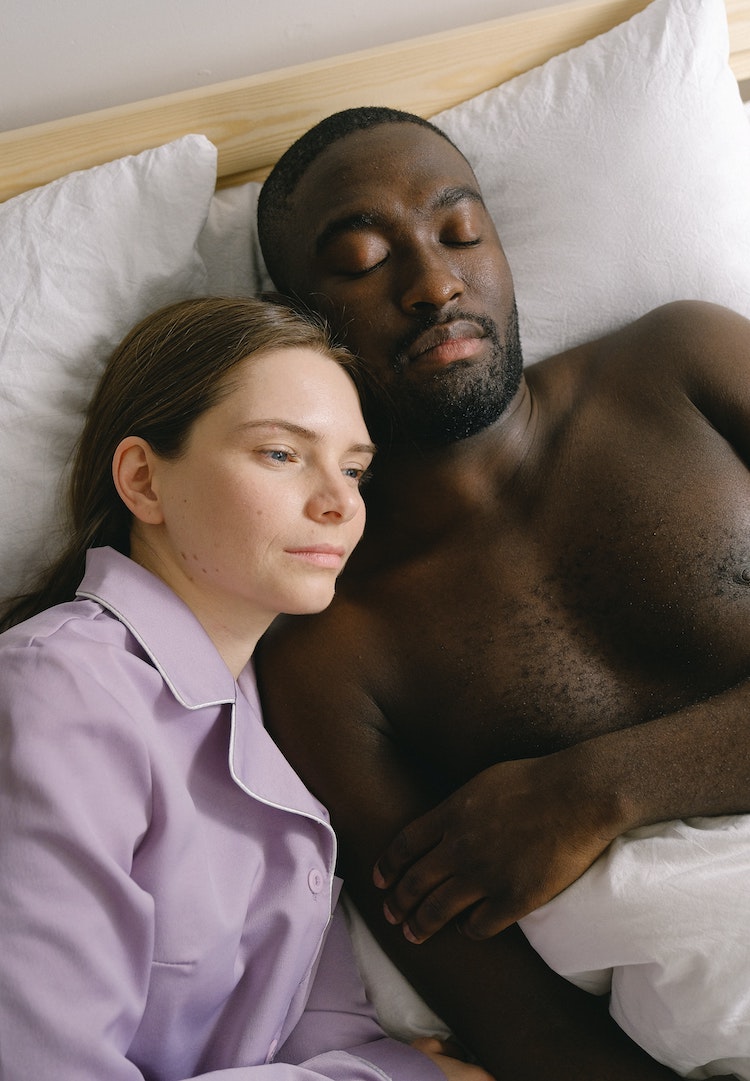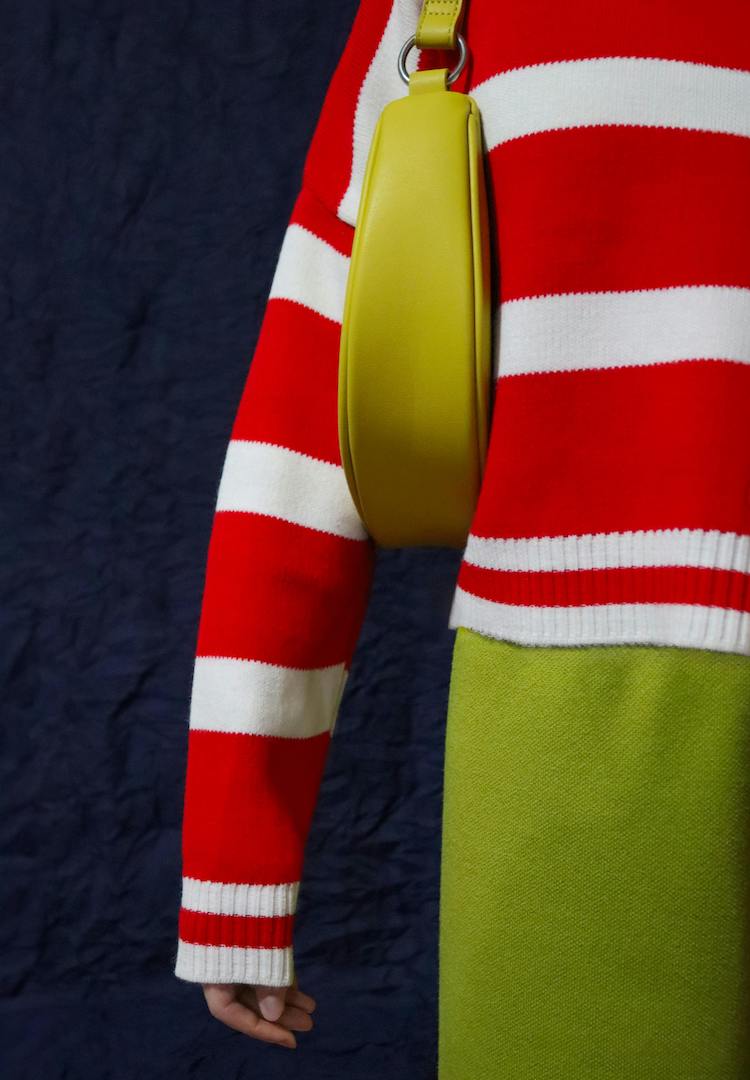What are fibroids and how do they impact your period?
IMAGE VIA @nicounderwear/INSTAGRAM
WORDS BY EMILY HOLGATE
A few things to know if you think you might have fibroids.
Have you noticed your periods have become a bit heavier? A bit more frequent? More painful? If you’re experiencing longer, heavier periods, tiredness, and pain, it’s worth getting a check for fibroids.
For those not familiar, fibroids are a pesky little (well, in some cases not so little) non-cancerous growth that can form in your uterus. They can be as small as the size of a chickpea and as large as a melon.
For more content like this, browse through our Life section.
While this may sound intimidating, there are plenty of things you can do to reduce the pain and even diminish the size of the growth. If you’re under 30 years old, don’t fret – fibroids are most common in women in their 30s, 40s and 50s.
But if you do have it, you’re definitely not alone, as up to 70 to 80 per cent of women over the age of 50 have experienced fibroids in their lifetime.
So how do they come about? And what can you do to reduce the symptoms? I turned to Women’s Health Melbourne director, gynaecologist and CREI fertility specialist, Dr Raelia Lew, for some answers.
Where exactly do fibroids grow?
Dr Raelia tells me that fibroids are a growth of the uterine muscle, which form “discrete tumours”. She says they can form in the wall of the uterine muscle (or in fancy medical terms, the intramural), on the outside of the womb (known as the subserous), or in the cavity (submucous).
“Sometimes fibroids are the size of a mandarin pip… sometimes there is only one. Sometimes there are many. Some fibroids are themselves bigger than the normal size of a uterus – every woman’s situation is different,” Dr Raelia says.
What are the symptoms and causes?
Fibroids can cause pressure symptoms, including abdominal bloating and pain if you press on your bladder or bowel. Dr Raelia says they can cause heavier, more painful periods, but can also be asymptomatic depending on the size and location of the fibroid.
It’s difficult to determine what causes these growths, but hormones, oestrogen and progesterone all play a major role. Although they are more common in women over the age of 30, they can grow in women of any reproductive age until they reach menopause – after which, the fibroid will usually shrink or disappear.
It can affect any woman, but factors that increase your chance of getting fibroids include early periods (earlier than 12 years old), PCOS, family history, never giving birth, older age, high blood pressure, and obesity. You’ll likely have a lower risk if you’ve had children (especially twins or triplets) or already take an oral contraceptive pill.
How are fibroids diagnosed?
According to Dr Raelia, the way fibroids are diagnosed depends on whether you have symptoms. Usually, a physical examination is completed with your GP, where they can suspect a diagnosis – although some fibroids are found incidentally on a routine pelvic ultrasound.
If you’re experiencing intense pain or debilitating symptoms, it’s best to seek advice on getting a transvaginal ultrasound, pelvic ultrasound or even an MRI. The most accurate is a transvaginal ultrasound, where a probe is placed gently inside the vagina.
I actually had one where the doctor found an ovarian cyst, and can attest that they’re very quick and certainly nothing to be afraid of. Fibroids can also be diagnosed during a hysteroscopy, where a thin telescope (known as a hysteroscope) is inserted into the uterus.
What can I do to ease the pain?
Dr Raelia tells me that management of fibroid-related symptoms is either medical, surgical or radiological, and the treatment will depend on your age and fertility goals. If you’re finding your periods particularly painful, a doctor might recommend simple pain relief options such as non-steroidal anti-inflammatory medications like ibuprofen and mefenamic.
Contraceptive options can also be beneficial in reducing your flow or allowing you to skip your period altogether. These include things like the contraceptive pill or the Mirena IUD. But if you have no future plans for fertility, there are options for completely removing the fibroids, such as a myomectomy, or removing the uterus entirely (hysterectomy).
Again, these are important decisions that should be discussed first with a medical professional. “Interventional radiology techniques such as uterine artery embolisation or [an] MRI-guided, focused ultrasound can also be used to try to shrink fibroids,” Dr Raelia adds.
Periods are already a (painful) inconvenience, so it can be hard when these monthly symptoms seem to exacerbate. If you’re experiencing unusual periods, pain or any signs that could be related to fibroids, it’s best to seek medical advice.
For more information on fibroids, head here.










